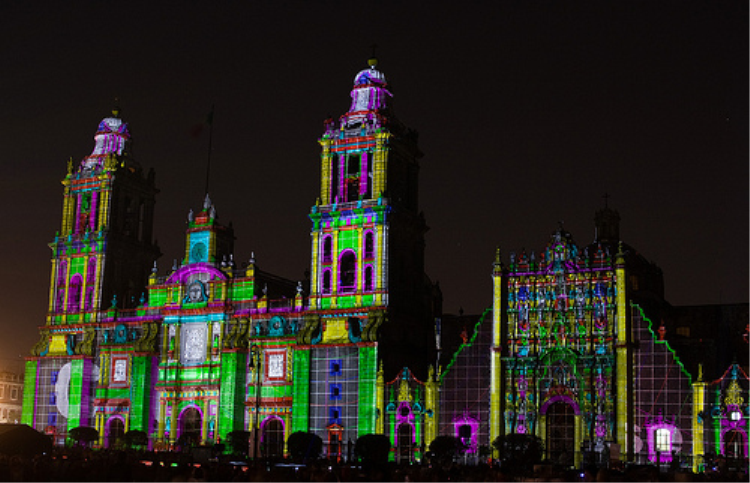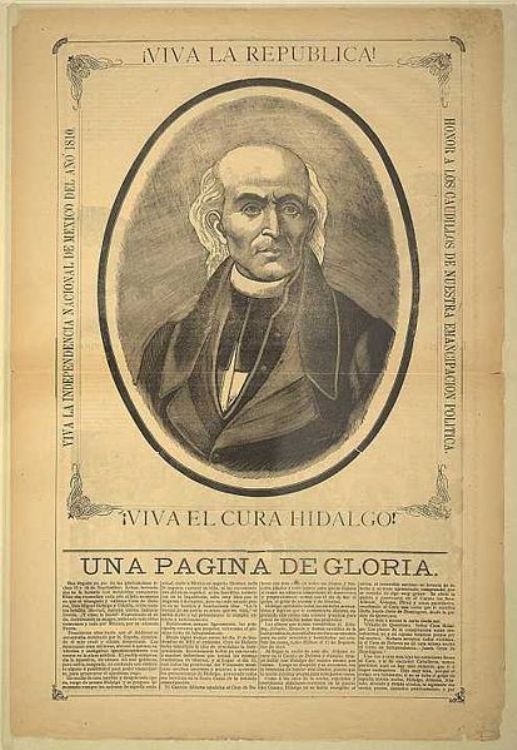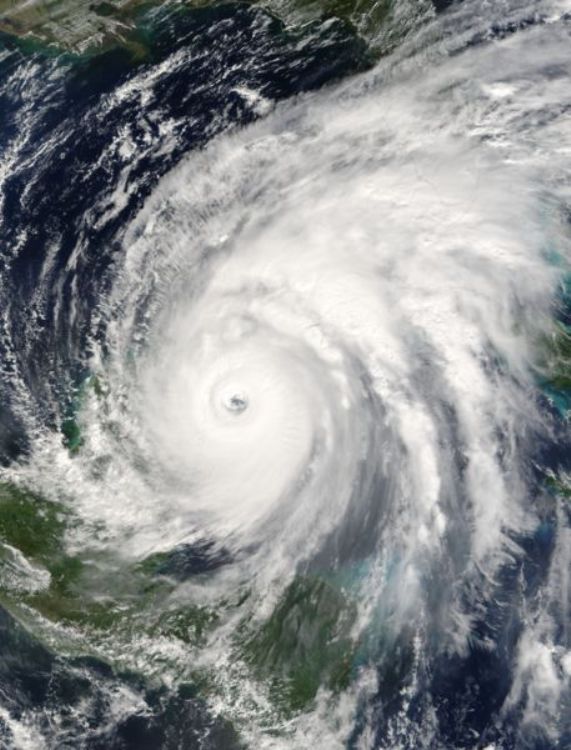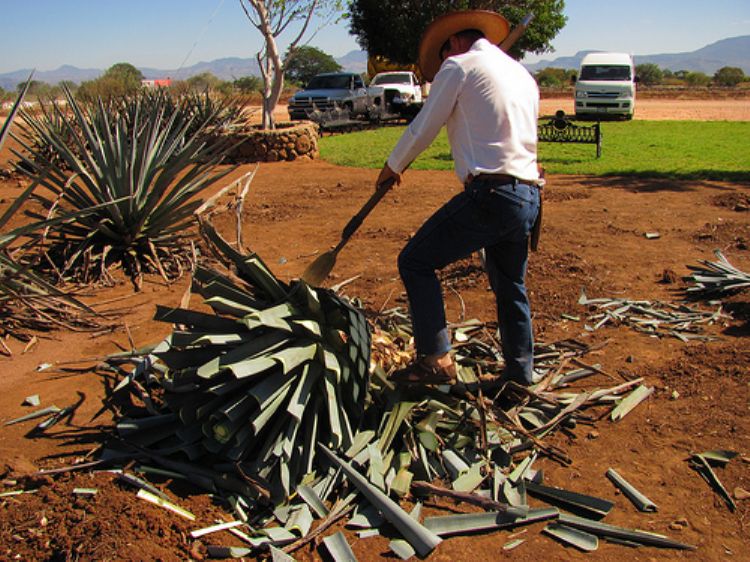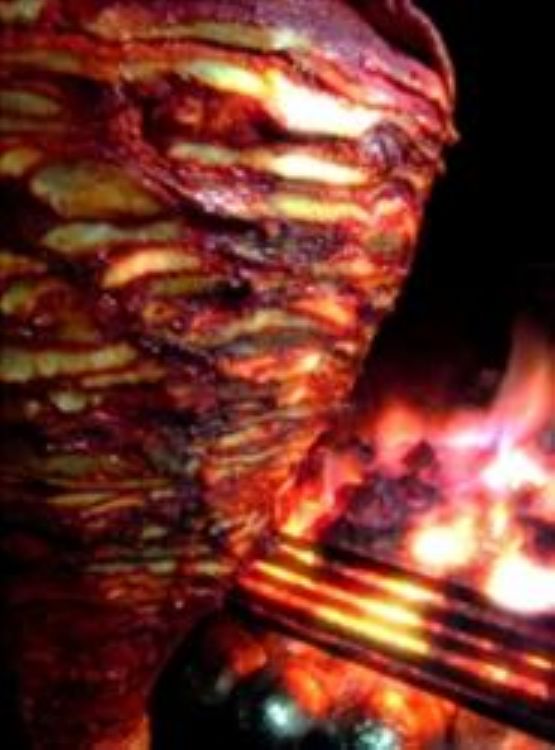Archaeological Sites in Campeche; Dzibilnocac and Edzná

DZIBILNOCAC; Dzibilnocac allows visitors to observe the imposing Chenes architecture. Building A stands out for having many rooms located longitudinally and three incorporated towers with simulated temples on top. Dzibilnocac means âPainted Vaultâ although it can also be translated as âGreat Painted Turtleâ. The first records of human life date from 500 and 50 BC.
Over an area of approximately 1.32 square kilometers, mounts are distributed according to pyramidal bases, platforms, buildings and vaulted rooms. The center was used for ceremonial activities and dwellings around its periphery. Building A1 or Temple-Palace was erected from 600 to 800 AD. It is constituted by a platform 76 meters long and 30 meters wide, approximately, where three towers in Bec River style alternate with vaulted rooms.
To reach Dzibilnocac from Campeche go on Federal Highway 261 to the town of Hopelchen connecting with Dzibalchen, then to the community of Iturbide. Its schedule for visitors is from 08:00 to 17:00 hrs.
EDZNÁ; Meaning âHouse of the Itzaesâ, it has more than 20 monumental buildings in reference to the political, economical and religious power of 600 and 1200 AD. Edzna was the regional capital where inhabitants designed and constructed a system of channels measuring up to six kilometers in length and also created deposits for gathering and redistributing rain. It is built with wide cobblestone paths communicating the most important architectural sets. Standing out is a five story building erected on a platform, making it even more impressive.
Itza is an ascendance of the Chontal origin established in this site; hence the surrounding communities were referred by these dwellers as Itzaes and thus Edzna. Occupation records date from 400 BC. They were distinguished by agriculture as their main activity and forged a well organized society that constructed monumental buildings and a hydraulic system for irrigating the fields. The government of Edzna based its power on the relationship of its governors with the deities, which turned it into a regional capital of the west from 400 to 1000 AD.
We can mention, among other attractions, the square Main Plaza and on its east a greater number of monumental type buildings, on the north and south there are two roads that were used for internal transportation. Plataforma de los Chuchillos (Knives Platform) had vaulted rooms on its ends and the center was used for erecting more modest chambers with perishable materials. Patio de los Embajadores (Ambassadors Patio) is limited by two buildings, each with four columns. Nohochna or âCasa Grandeâ seems to have been used for administration purposes but, some historians think it could have also been used as stands for attending events. It has four stands on its upper part. The Ball Game was constituted by two parallel structures and on its top are rooms that might have been used for placing the images of deities associated to the event and the team during the game.
Located 61 kilometers to the southeast of Campeche City, it is possible to access it through Federal Highway 180 and on kilometer 45 take the detour to Highway 261 leading to this archaeological site. Its schedule for visitors is from 08:00 to 17:00 hrs.
Artículo Producido por el Equipo Editorial Explorando México.
Copyright Explorando México, Todos los Derechos Reservados.
Foto: Wikipedia.Org

